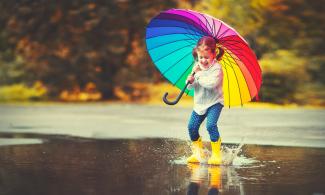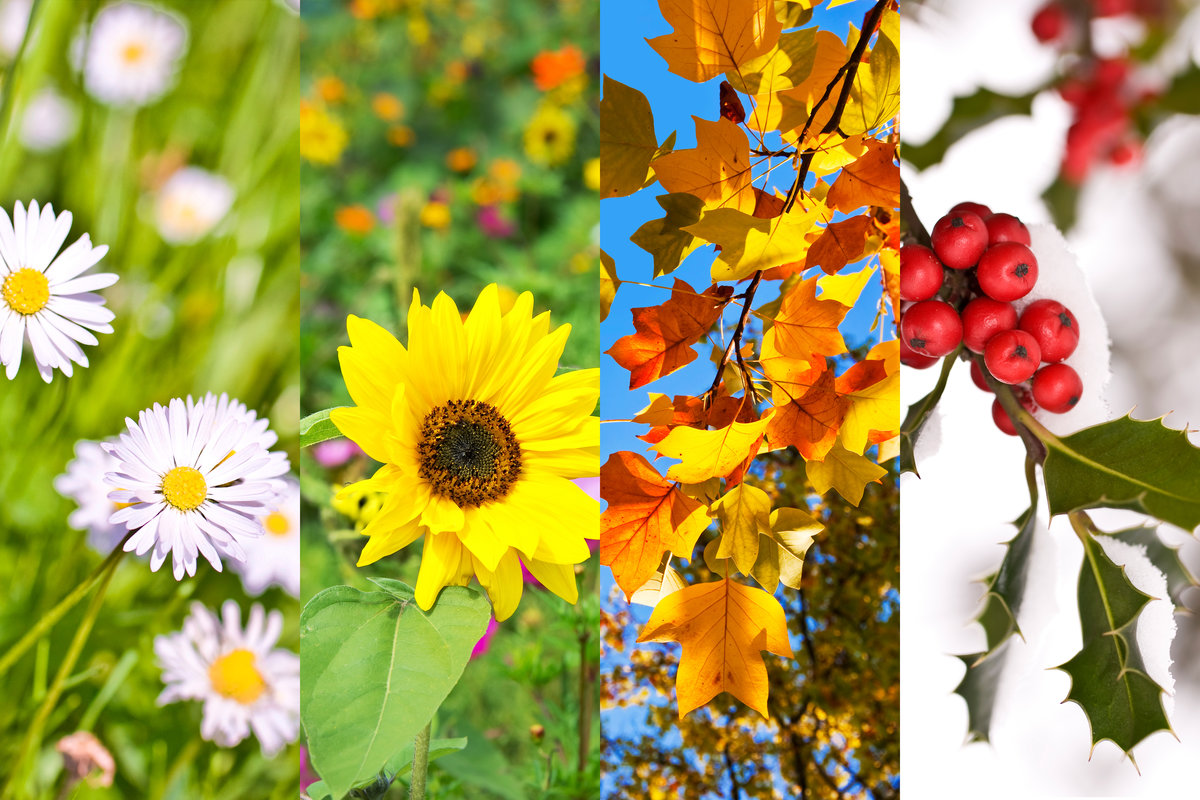
Do the preparation exercise first. Then read the text and do the other exercises.

In many places the weather changes during the year. These changes are called seasons. In the north and south there are four seasons in a year. Each season brings changes that are important for plants and animals that live in different parts of the world.
Spring
Spring starts when the day and night are the same length. The weather gets warmer and sunnier. Trees and plants start to grow. Many animals have their babies in spring.
Summer
Summer begins on the longest day of the year. In the north this is on 21 June. Summer is usually the warmest and sunniest time of the year. Fruit grows on trees and plants. Young animals grow bigger and stronger.
Autumn
Autumn starts when the day and night are the same length again. During autumn, the leaves change colour and fall from the trees. Some animals collect food before winter comes.
Winter
Winter begins on the shortest day of the year. In the north this is on 21 December. The weather is colder and in some places there is lots of snow. Plants and trees stop growing. Some animals, like bats and bears, find places to hide and sleep. This is called hibernation.
Fun facts
- When it is summer in the north it is winter in the south.
- At the North and South Pole there are only two seasons.
- In tropical places near the Earth's equator there are two seasons: a 'wet' season and a 'dry' season.
What's your favourite season? Why? Tell us about it!